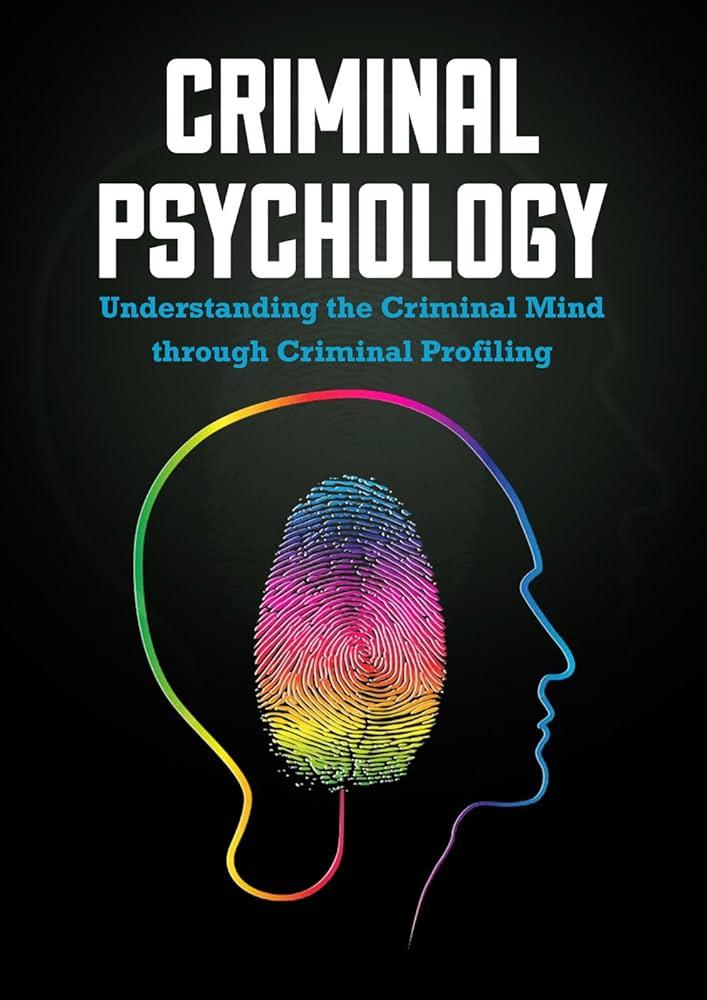Have you ever wondered how some of the most elusive criminals manage to stay under the radar, blending seamlessly into our everyday lives? It’s almost like they wear a cloak of invisibility, right in plain sight. From cunning con artists to undercover masterminds, these individuals use a fascinating mix of psychology, technology, and social manipulation to avoid detection. In this article, we’ll dive into the intriguing world of how criminal minds operate right before our eyes without arousing suspicion—and explore the clever tactics they use to stay hidden in the very places we least expect. Curious? Let’s uncover their secrets together.
Table of Contents
- Recognizing the Subtle Signs That Reveal Hidden Criminal Minds
- The Psychology Behind Blending In Without Raising Suspicion
- Everyday Behaviors That Mask Deceptive Intentions
- Practical Steps to Sharpen Your Instincts and Spot Hidden Threats
- The Way Forward
Recognizing the Subtle Signs That Reveal Hidden Criminal Minds
Many of us believe that criminal minds are easy to spot, lurking in the shadows or behaving aggressively, but the truth is far less dramatic and far more unsettling. These individuals often mask their true intentions behind a facade of normalcy, blending seamlessly into daily life. Their charm, intelligence, and keen observation skills allow them to manipulate situations without raising suspicion. Instead of overt gestures, it’s the micro-expressions and subtle behavioral patterns—they often leave hints without realizing it. For instance, compulsive control over personal space, an uncanny ability to mimic emotions without genuine feeling, or an oddly detached perspective during intense situations can serve as subtle red flags.
Spotting these hidden traits requires sharpening our observational skills and tuning into what’s beneath the surface. To discern these concealed warning signs, watch for:
- Inconsistent body language that doesn’t match their words, such as forced smiles or fleeting eye contact.
- A tendency to exploit personal vulnerabilities under the guise of empathy or shared experiences.
- Meticulous planning of everyday actions, suggesting an underlying agenda rather than spontaneous behavior.
- Minimal emotional response in morally complex situations, displaying an unsettling calm or detachment.
The Psychology Behind Blending In Without Raising Suspicion
At the core of remaining undetected lies a mastery of human behavior that many overlook. Criminal minds often possess an acute awareness of social cues, allowing them to mirror emotions and body language effortlessly. This subtle mimicry creates a sense of familiarity and comfort in their presence, making others less likely to scrutinize them. Additionally, their ability to modulate tone, pace, and facial expressions ensures they blend seamlessly into everyday situations, avoiding any hint of abnormality that might trigger suspicion.
These individuals also leverage psychological tactics such as social conformity and selective disclosure. By aligning themselves with group norms and revealing only as much as necessary, they craft personas that feel genuine and trustworthy. Some common strategies include:
- Adopting common clothing styles and routines to avoid standing out
- Engaging in casual small talk to build rapport without raising red flags
- Carefully controlling their reactions to stressful situations to maintain composure
This calculated blend of adaptation and restraint turns ordinary individuals into invisible shadows, hidden right in plain sight.
Everyday Behaviors That Mask Deceptive Intentions
Behind the facade of everyday manners and routine actions lies a subtle play of deception that many fail to recognize. Criminal minds are masters of disguising sinister motives within ordinary social behaviors, making it nearly impossible to detect them at a glance. For instance, seemingly innocent gestures like prolonged eye contact or a disarming smile can actually be tools to manipulate trust and deflect suspicion. It’s in these micro-expressions and habitual mannerisms that hidden intentions often lurk, carefully cloaked by layers of charm and familiarity.
Some of the most telling signs don’t shout—they whisper through subtle inconsistencies and small, repetitive behaviors that seem ordinary at first. These include:
- Excessive politeness that feels out of place or unnatural
- Frequent hesitation combined with overly rehearsed responses
- Mirroring body language in a way that seems too calculated
- Unexplained glitches in personal stories when details shift ever so slightly
Understanding these behaviors requires a keen eye and a mind tuned to the nuances beneath surface-level interactions. It’s not always about what is said but how it is masked within the fabric of everyday conduct.
Practical Steps to Sharpen Your Instincts and Spot Hidden Threats
Sharpening your instincts begins with cultivating a mindset that embraces curiosity and skepticism. Start by observing subtle details in everyday encounters—notice inconsistencies in stories, fleeting facial expressions, or unusual body language. These seemingly minor clues can reveal hidden motives or intentions. Pair this observational habit with asking open-ended questions whenever something feels off; this challenges initial assumptions and often unearths deeper truths beneath surface-level interactions.
Additionally, developing a mental checklist for red flags can train your brain to detect threats faster. Keep an eye out for:
- Contradictory Behavior: Actions that don’t align with words.
- Overcompensation: Excessive friendliness or defensiveness.
- Unusual Patterns: Repetitive actions or subtle manipulations.
By consistently practicing these techniques, you’ll start recognizing patterns others often miss, turning your instincts into a powerful tool for unveiling the concealed tactics of those who thrive in shadows.
The Way Forward
In the end, the world of criminal minds is a fascinating reminder that appearances can be deceiving. The very people who captivate our attention—or pass unnoticed—often harbor complexities that challenge our assumptions. As we continue to unravel these hidden layers, it becomes clear that understanding the subtle signs and patterns isn’t just the work of detectives or psychologists; it’s a curious journey anyone can embark on. So next time you walk past a stranger, remember: sometimes the most elusive minds are right there, hiding in plain sight, quietly shaping the world around us.












